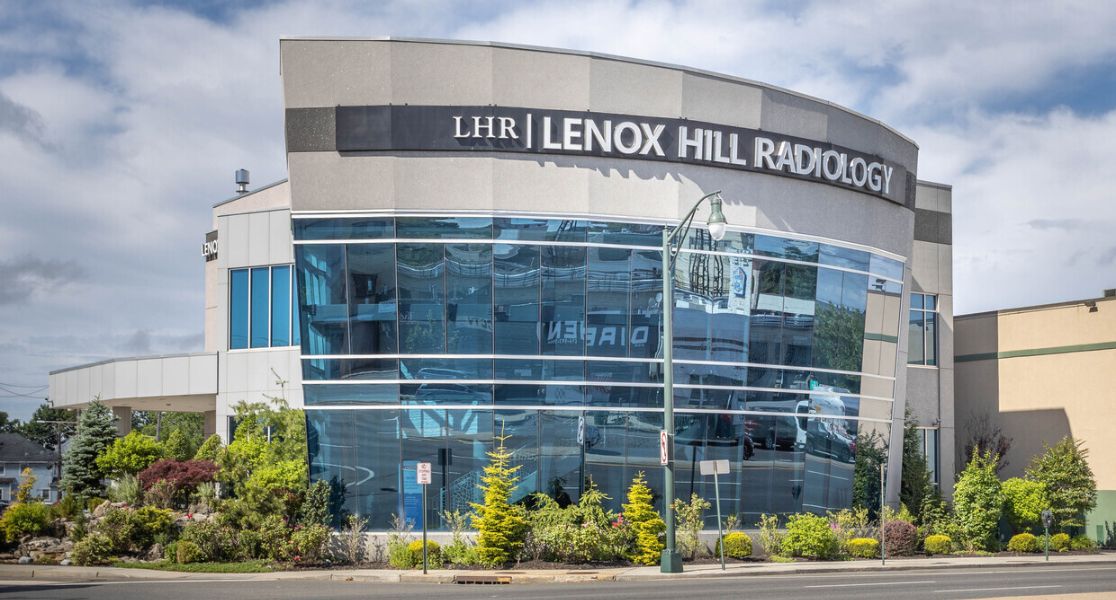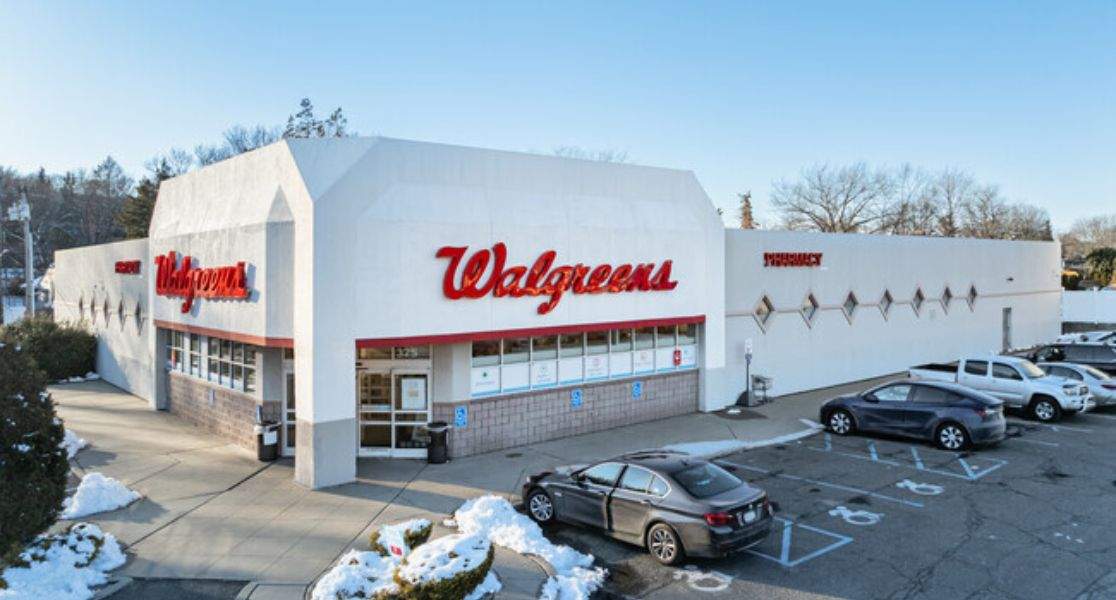By now you probably realize that I am a proud Long Islander. I’ve written articles and recorded video updates highlighting the spectacular place in which I live and work. As Long Islanders, we take great pride in the place where we live, and with an extremely close proximity to New York City, we may even feel that there is no place that is more connected to the best city in the world, and that we truly have the epicenter at our fingertips. Of course, I believe all of this to be true, and as a Long Islander, you’ll probably agree. But let’s freeze for a moment… Long Island – the name in itself says it all. I often forget that we live on an island. An island: any piece of sub continental land surrounded by water. How could an island feel so connected to its surroundings? I stop and think about this and it makes me realize that we take for granted one of our most important modes of transportation.
Every weekday roughly 335,000 people ride the MTA Long Island Rail Road (commonly known as the “LIRR”.) Each and every day people are connected from Long Island to Manhattan effortlessly and mindlessly. The LIRR is the busiest commuter railroad in North America. Founded in 1834, it stretches 120 miles from Manhattan to Montauk, the most Eastern tip of Suffolk County on Long Island, and is comprised of over 700 miles of track on 11 different rail lines called “branches.” It is one of the only commuter systems in the world that runs 24 hours a day, 7 days a week, year-round. How lucky are we to have this system at our disposal? In this article, we will take a look back at some of the Long Island Rail Road’s history, then discuss it’s current state and future plans.
In 1834, the LIRR was chartered to provide a daily service between New York and Boston (yes, Boston) via ferry connection between its Greenport, New York, terminal on Long Island’s North Fork and Stonington, Connecticut. This service was suspended in 1849. At that time, the LIRR refocused its attentions towards serving Long Island, in competition with other railroads on the island, and in the 1870s railroad president Conrad Poppenhusen and his successor Austin Corbin acquired all the railroads and consolidated them into the Long Island Rail Road. The LIRR has been a pioneer in American railroading and has shown the way to the entire rail industry on many fronts such as: LIRR was the first to use the hook-headed track spike, now standard all over the world, LIRR was the first to use an all-steel passenger car, and LIRR was the first to use a fully-electronic, constant-service, high-speed automatic speed control system. As for train lines, the first train line to be completed was the Main Line constructed East from Jamaica to Hicksville. The LIRR built its first branch off the Main Line from Mineola to Hempstead, then is extended to Farmingdale and Central Islip, and completed to its final terminus at Greenport, on Long Island’s North Fork. The building of lines, branches and stations continued from there. A little known, interesting fact is that the LIRR had many named trains; some with all-first class seating, parlor cars, and full bar service. Examples of these named trains are: “Fisherman’s Special,” which operated from 1932-1950, from Long Island City to Canoe Place Station and Montauk via Jamaica. This train ran from April through October serving Long Island’s fishing trade. Another is the “Shelter Island Express,” which operated from 1901-1903, 1923-1942, ran from Long Island City to Greenport on Fridays only. The main purpose was to provide a summer express that connected Shelter Island ferries. The last is the “Sunrise Special,” operating from 1922-1942, and ran from New York’s Penn Station to Montauk on Fridays and westbound on Mondays. In the summertime this train ran daily to accommodate Long Island’s summer swarm of people.
Today the LIRR is currently made up of eleven passenger branches with three main trunk lines – the Main Line, the Montauk Branch, and the Atlantic Branch which then spins off into eight smaller branches. All branches except the Port Washington Branch pass through Jamaica. The Main Line runs from Long Island City east to Greenport. The Montauk Branch runs from Long Island City east to Montauk. And the electrified Atlantic Branch runs from Atlantic Terminal in Downtown Brooklyn east to Jamaica. The Long Island Rail Road stretches from Manhattan east across Long Island, with stations as far east as Montauk on Long Island’s South Fork and Greenport on Long Island’s North Fork. With 124 stations currently operating, Hicksville Station is the busiest. The LIRR is currently owned publicly by the Metropolitan Transportation Authority, and is known as the MTA Long Island Rail Road. It is the only commuter passenger railroad in the United Stated to operate 24 hours per day, 7 days a week with significant off peak, weekend, and holiday service. With this ultra-convenient commuter service, the great city of New York is always available to us. Whether we choose to live on Long Island and work in New York City, or we choose to leisurely stroll the streets on the weekends we rely massively on the LIRR. Earlier in the article, we discussed named trains. Currently, there is one named train that operates today, it is named “The Cannonball.” This train is a Friday-only, 12-car train to Montauk running May through October, with two all-reserved parlor cars with full bar service. Since May 2013 it has originated at Penn Station with a Sunday evening return train from Montauk. The two rear cars (“Hamptons Reserve Service”) have reserved seating and exclusive bar service. As for the future, a plan for expansion of the system into Grand Central Terminal, Manhattan is in the works. This project is being called the East Side Access project and would allow access into Grand Central Terminal located on the East-side of Manhattan. East Side Access expects to be completed by 2023.





